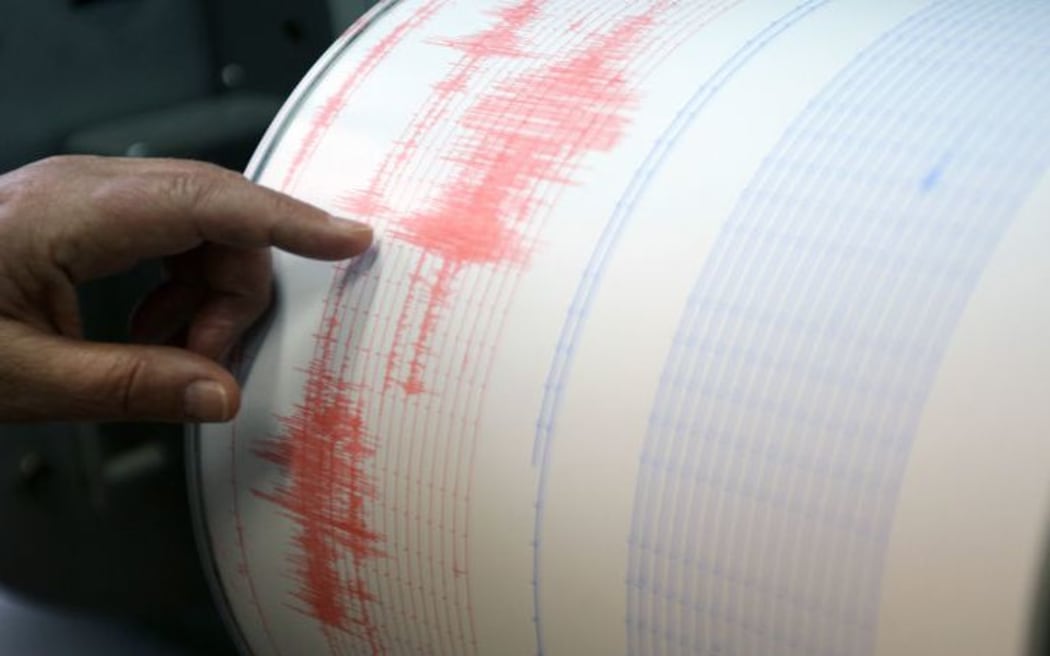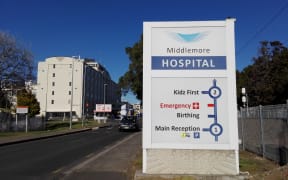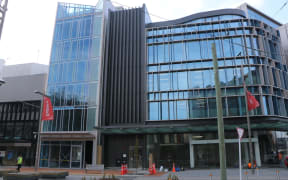
A report has warned a "vast array" of non-structural things could go wrong and "the failure of any one" could render a building unusable. Photo: 123rf
Analysis - Tonnes of water being released on top of five wards full of patients in the 2011 Christchurch earthquake sounds like enough of a wake-up call for anyone. But a new report shows it was not.
More than a decade after rooftop tanks shook and pipes broke atop the Riverside building beside the Avon River, forcing evacuation of 150 patients, hospitals still do not know what they are dealing with.
"Even for buildings with relatively recent seismic ratings that do take heavy non-structural elements into account, there is typically no information about the status of other [less heavy] non-structural systems and medical equipment," let alone for the scores of older hospital buildings, the report by engineering firm Kestrel for Te Whatu Ora, released last week, said.
Eleven years after the magnitude-6.3 Christchurch quake, and six years after the 7.8 Kaikōura shake, there is "typically no information" about what the engineers call a "key area of need" and "a key area of operational vulnerability".
What are the likely consequences?
"The likelihood of having key facilities such as operating theatres rendered unusable due to damage to non-structural elements in earthquakes appears quite high for many hospital buildings," Kestrel stated.
It has been no secret for years - in fact decades - worldwide, that when things in hospitals aren't tied down well enough - from fire sprinkler, medical gas and steam pipes, to specialist medical equipment, to rooftop watertanks - it presents one of the biggest threats to getting back up and running after a moderate-to-severe quake.
In 2017, a conference jammed with 200 engineers heard from a specialist that just 34 multistorey buildings of any type in New Zealand had proper non-structural restraints, a "shocking state of affairs".
A 2012 engineering report into how Christchurch Hospital fared put it this way: "The widespread non-structural damage was more disruptive than the minor/moderate structural damage."
It urged: "Hospital planning activities should focus on identifying non-structural and functional vulnerabilities within all critical service areas and mitigating their possible impact with engineering interventions, redundancy systems or alternative resources."
But even a glance at Kestrel's findings shows that has not happened.
It was called in in 2020, after a hospital seismic database was set up for the first time in 2019, to pull together the seismic assessments.
It concluded: "In addition to the buildings for which there appears to be no seismic assessment information, there are areas where the seismic assessments are not sufficiently robust or complete to enable a full understanding of the seismic vulnerability of firstly, the individual buildings, and secondly all buildings across the portfolio.
"These areas relate to the reliability of the assessment information, inconsistency of Importance Levels used and lack of information on non-structural elements."
Assessments are missing for a third of all hospital buildings, in what Te Whatu Ora describes as its first national collation of the data - the gaps cover 40 buildings in the highest Importance Level Four (IL4) category.
And that is an undercount, because the IL4 category needed tightening up to include more buildings - for instance, Lower Hutt's problematic Heretaunga Block is only IL3, but contains radiology, which really needs to function after a quake.
Running out of time
The speed of addressing all this is at variance with the stakes. Kestrel warned that a "vast array" of non-structural things could go wrong and "the failure of any one" could render a building unusable.
However, though operating theatres, emergency departments and other IL4 buildings are meant to be able to keep running after a 500-year quake, the Building Code, structural design standards and codes of practice have little to say about this.
In contrast, California lawmakers did not take long to react after the 1971 San Fernando quake hit hospitals hard. Within a year they had enacted legislation aimed at safeguarding acute services.
"An area of focus has been on non-structural elements," Kestrel said.
Even so, it is a very long game. California's retrofit deadline is 2030 - but at least all its hospitals must report back publicly each year on how they are tracking.
Here, Kestrel's report talks repeatedly of "information gaps" and the need to plug them.
A top priority was around buildings that looked good, that had high New Building Standard (NBS) ratings, but also had big non-structural info gaps.
"They may erroneously be considered to represent a low seismic risk."
Te Whatu Ora has summed up the new report as "a positive finding" because 87 percent of buildings assessed are above the earthquake-prone threshold (34 percent NBS).
However, the report is titled Understanding and Improving the Seismic Resilience of Hospital Buildings, and Kestrel defined "resilience" as buildings that are both above 67 percent of code, and have been assessed since 2017 when inspection methods were tightened.
By those measures, probably fewer than half of hospital buildings are resilient, a proportion that will drop further if the long-overdue accounting of the non-structural risks ever happens.






